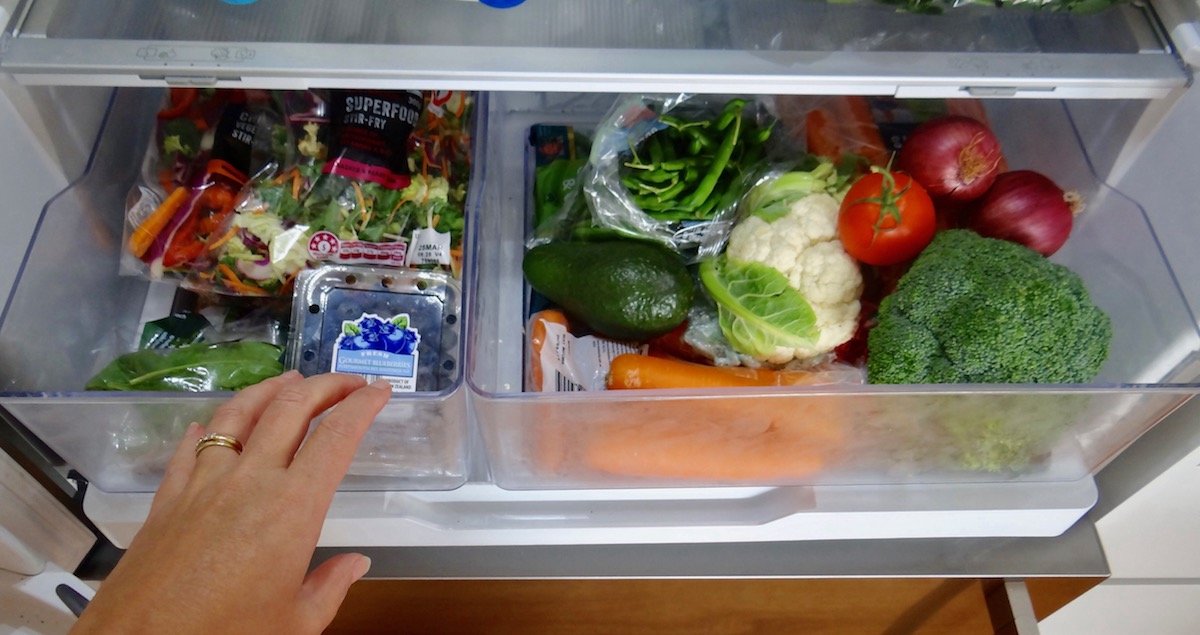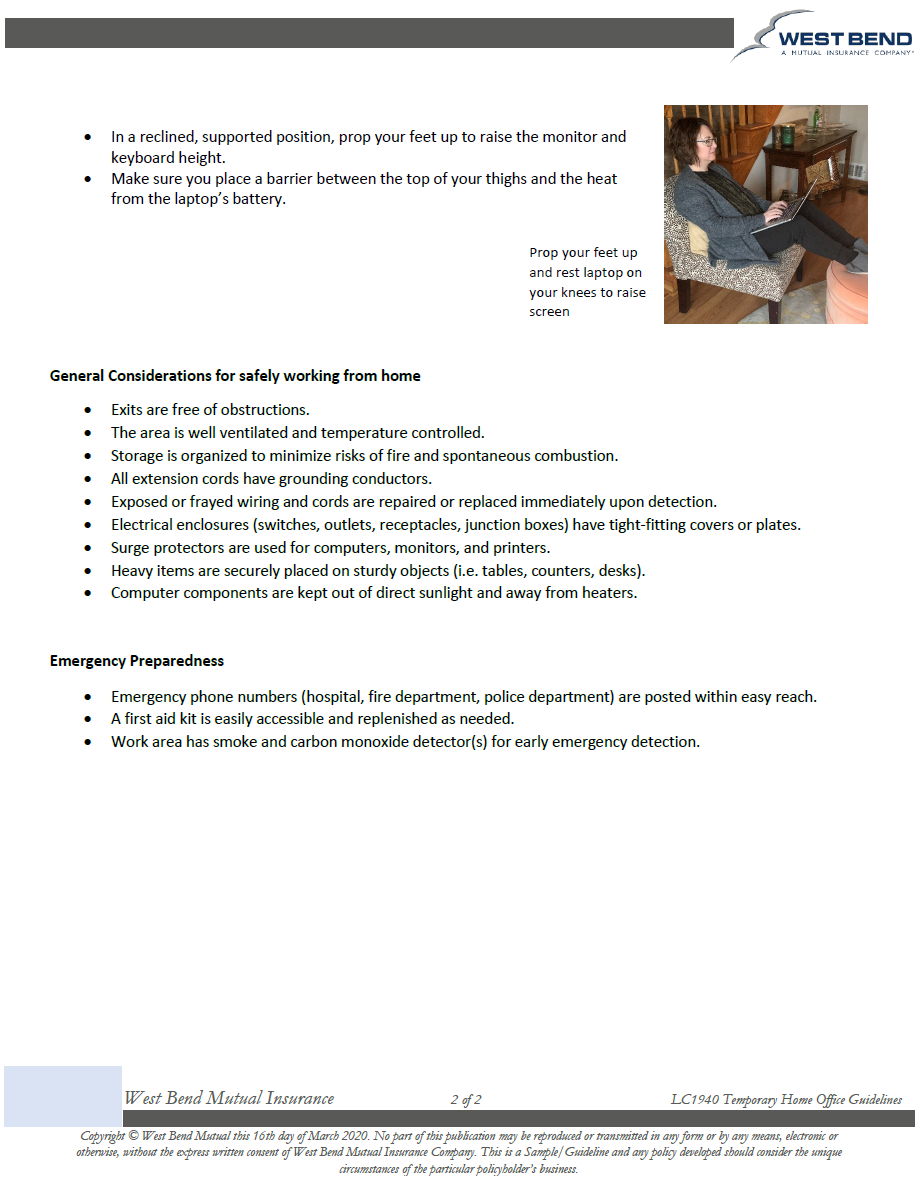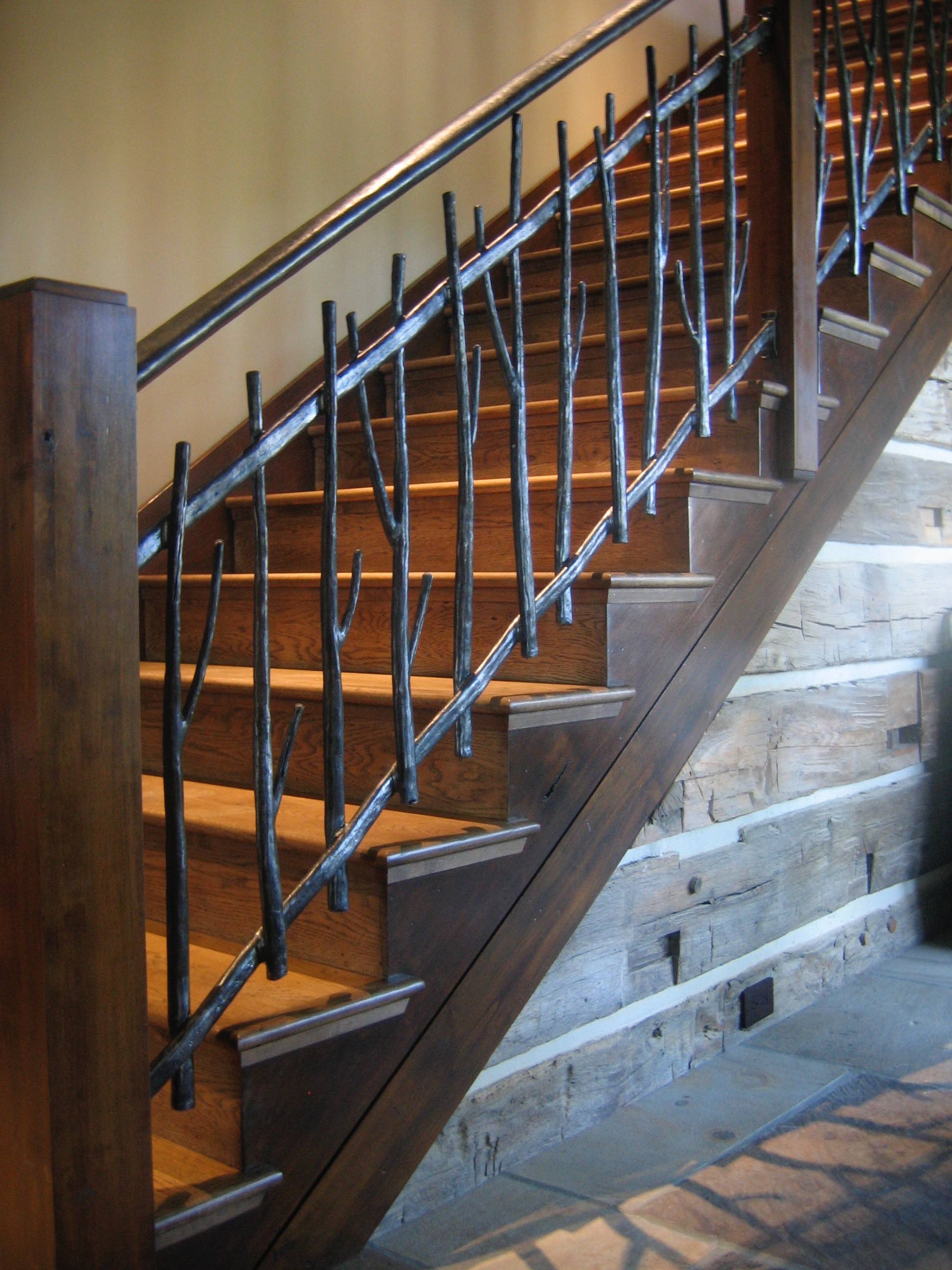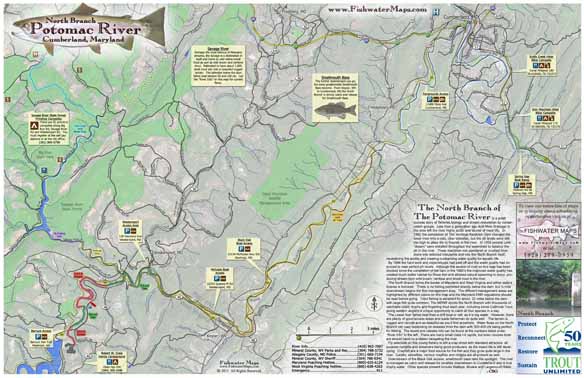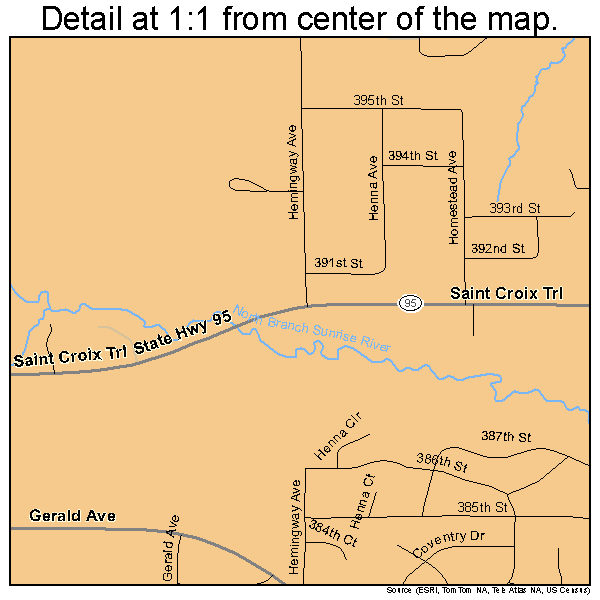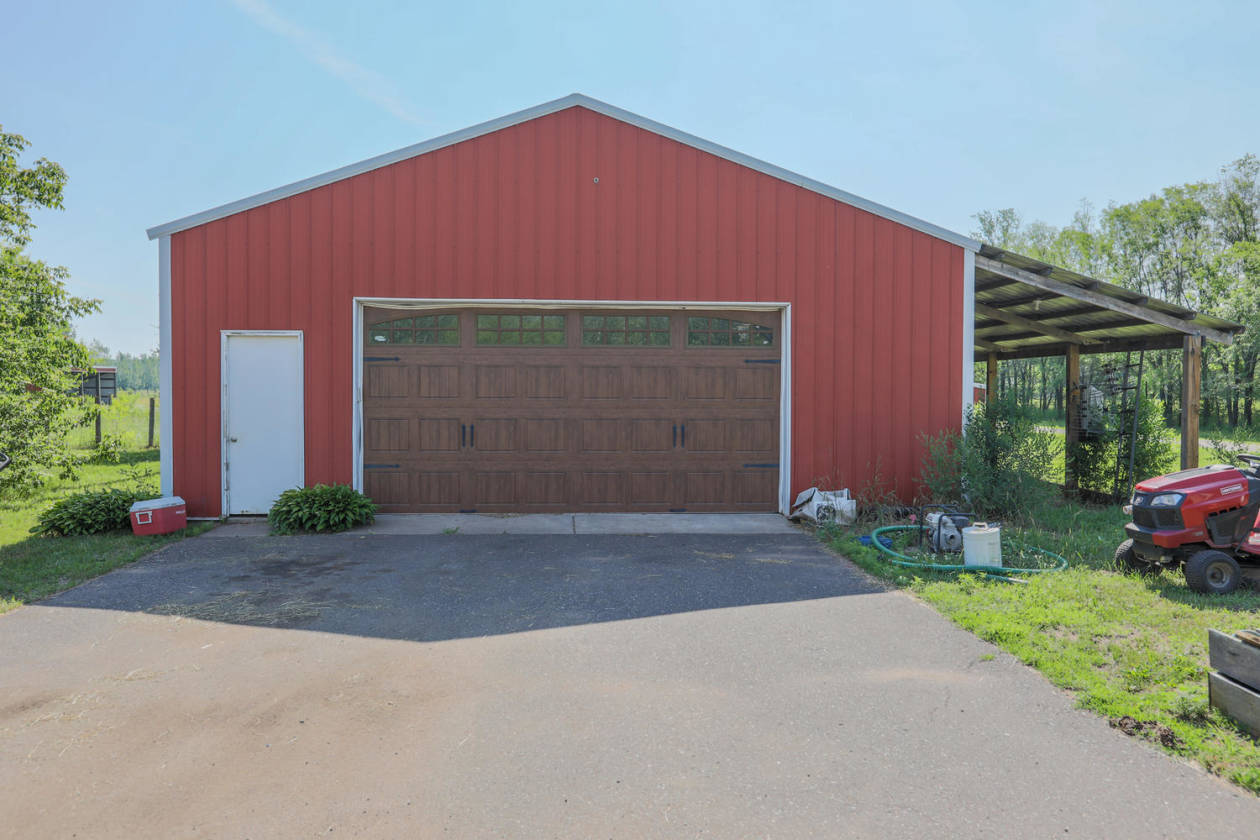Table of Content
We also offer raised ranch modular plans, which are created by building one story home plans on top of a raised foundation. The resulting “kneewalls” for these modular ranch house plans usually contain several medium- to large-sized basement windows. The elevated foundation, with its larger windows, creates a great opportunity to finish the basement of your modular raised ranch home plans with affordable living space, brightened with sunlight. The front entries of modular raised ranch house plans are split (that is, built half-way between the first-floor and the basement), making the home a bilevel design.

Modular-building saves on construction costs and all inspections are done in the factory. Plus, modular homes are more energy-efficient, which saves substantially on monthly expenses. Modular homes are a good investment because they increase in value over time, like any other property. Plus, they’re more energy-efficient and last as long as site-built homes. The highest appreciation rates are for modular homes with a permanent foundation that includes the land and building ownership. Champion Modular Homes prices range from $90 to $140 per square foot and are typically built and delivered within 2 months.
Bedroom Cape Cod Modular Homes
Once the modules are delivered to the construction site, a crane lifts them into place over a permanent foundation. Contractors assemble the sections, connect the utility lines, and attach each piece to the foundation. Sometimes, the home is kept on the steel frame it was delivered on as part of the foundation. Clayton Homes typically includes delivery, installation, and finishes in the final cost.

Champion offers over 2,000 pre-designed home plans ranging from 400 to 2,400 square feet that are available nationwide. Manufactured homes cost $30 to $60 per square foot compared to modular home construction at $50 to $100 per square foot. Modular homes are customizable and typically placed on a permanent foundation.
Plan 82147
A modular addition costs $65 to $200 per square foot, depending on the materials, size, and extension complexity. An average modular room addition costs between $11,000 and $20,000, or 10 to 15 percent less than site-built additions. Another option available, which is not commonly found in other floor plan types, is large and dramatic ceilings.

They appreciate in value like site-built homes and have greater construction and material quality. Modular homes come in a variety of styles, including Ranch, Cape Cod, two-story, duplex, modern, and French country. Each builder may quote different services for their base and turn-key finished homes.
Seven-seat EV twin test: Merc EQB vs Vauxhall Combo Life Electric
That’s why we build custom, three-bedroom modular homes for customers in Connecticut, Massachusetts and Rhode Island. When you request our turnkey solutions, we’ll handle the design, construction and placement of your new house. After more than 100 years in our industry, we have the expertise to create your dream home. These homes can appreciate in value like site-built homes since they have lasting foundations, and the buyers also own the land.
That makes them stronger and safer than traditionally built homes. Modular homes last for as many years or longer than regular stick-built homes. Modular homes use higher-quality materials and construction, which means lower maintenance costs. Plus, their safer, undergo inspections to ensure quality control, and look the same as traditionally constructed homes.
Questions To Ask Modular Home Builders
Modular home manufacturers build 80 to 90 percent of the home's sections or modules in a factory. Factories construct the walls, install drywall, appliances, and roof framing, paint, and inspect for quality-control. The factory work happens simultaneously with on-site work to prepare the foundation. Move-in time takes 2 to 6 months, which is 30 to 60 percent faster than site-built homes. Champion retailers can assist with getting permits, preparing the land, installing a foundation, planning utility hook-ups, and all other site work.

Modular homes are highly customizable, and pre-designed plans are also available. Modular homes attached to a permanent foundation are the same or higher-quality than a site-built home, and lasts just as long. Additions such as a garage, basement, or deck add to your overall cost.
Installing utility lines cost $2,500 to $25,000 for plumbing, electrical, and heating and cooling units. Prices depend on the complexity of the job, and charges are higher for rural properties that require a septic tank, water well, and solar power. The average cost to deliver a modular home is $5 to $10 per square foot or from $3,000 to $12,000 or more depending on the size, number of modules, and distance. Delivering a modular home includes transportation, an on-site crane, and a crew to set the modules onto the foundation. Delivery does not include “button-up” fees for finishing the home.

An average 1,500 square foot log home costs $100,000 to $150,000 for just the base kit without installation. Modular Homes Champion modular home floor plans -- ranches, Cape Cods and two-story homes -- offer exceptional architectural options, exterior elevations and interior designs. Park Model RVs Our energy efficient park model RVs offer remarkable function thanks to full-size appliances, built-in storage cabinets, covered porches and attractive architectural features. Triple Wides, or three section homes, are floor plans that join three sections together to create a large, spacious home. Triple Wide homes aren’t as common as double wide or single wide modular homes. However, for those looking for extra space, Triple Wide modular homes are a great option.
For assembly service only, expect to pay at least 10 percent more. They’re more energy-efficient and have lower monthly expenses than stick-built homes. Our high quality homes and our commitment to customers are what makes us the best. When construction began, our project manager Don O’Brien went out of his way to assist us through this phase. His professionalism and patience helped lessen our stress of having a house built for the first time. Smart home automation provides a convenient way to get the most out of a home’s basic functions.

Sales tax is often included in base price estimates and vary from state to state. The average cost to move an off-frame modular home is $5,000 to $15,000 depending on the size, permits, distance, and set-up complexity. Moving an on-frame manufactured home costs $1,000 to $8,000 for up to 50 miles, depending on if set-up services are included after relocating. Small modular homes cost $20,000 to $80,000 on average for the prefab base unit, or $30,000 to $130,000 after site prep, installation, and finishing.


